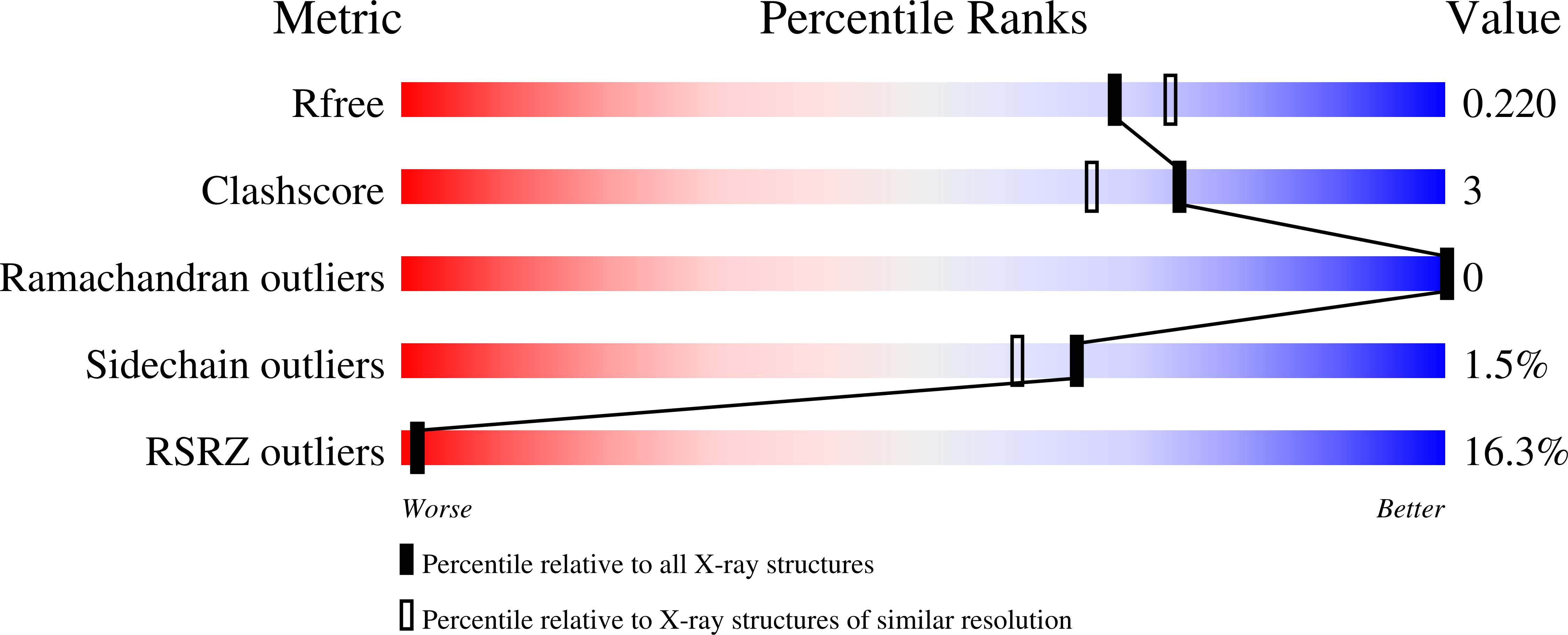
Deposition Date
2022-09-12
Release Date
2023-05-24
Last Version Date
2024-11-13
Entry Detail
PDB ID:
8EGK
Keywords:
Title:
Re-refinement of Crystal Structure of NosGet3d, the All4481 protein from Nostoc sp. PCC 7120
Biological Source:
Source Organism:
Nostoc sp. PCC 7120 = FACHB-418 (Taxon ID: 103690)
Host Organism:
Method Details:
Experimental Method:
Resolution:
1.98 Å
R-Value Free:
0.22
R-Value Work:
0.18
R-Value Observed:
0.19
Space Group:
C 1 2 1


